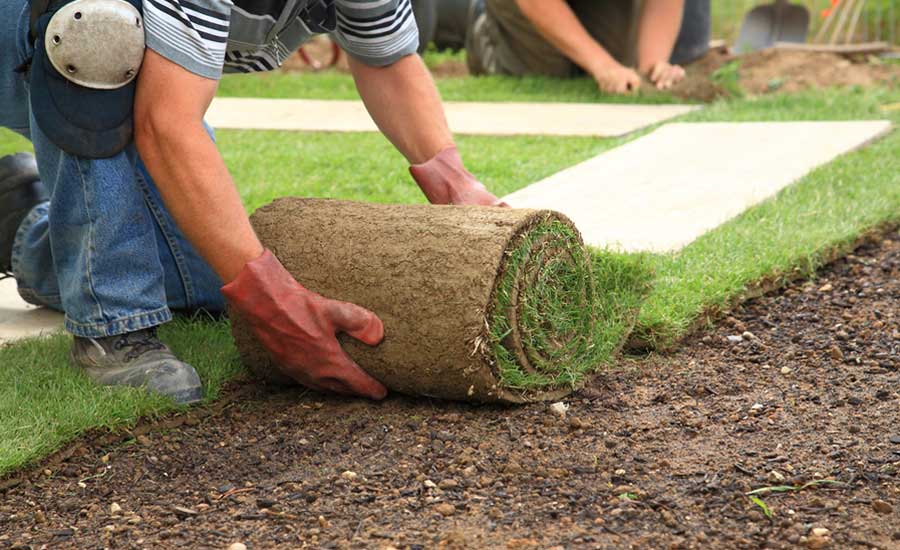Protect workers from poisonous plants

Many native and exotic plants are poisonous to humans when ingested or if there is skin contact with plant chemicals. The most common problems with poisonous plants arise from contact with the sap oil of several native plants that cause an allergic skin reaction—poison ivy, poison oak, and poison sumac.
Outdoor workers may be exposed to poisonous plants. Workers at risk include farmers, foresters, landscapers, groundskeepers, gardeners, painters, roofers, pavers, construction workers, laborers, mechanics, and any other workers who spend time outside. Forestry workers and firefighters who battle forest fires are at additional risk because they could potentially develop rashes and lung irritation from contact with damaged or burning poisonous plants.
Protect your workers from poisonous plants by training them about:
- Their risk of exposure to poisonous plants
- How to identify poisonous plants
- How to prevent exposure to poisonous plants
- What they should do if they are exposed to poisonous plants
Workers can prevent contact with poisonous plants by taking these steps:
• Wear long sleeves, long pants, boots, and gloves. Wash exposed clothing separately in hot water with detergent.
• Barrier skin creams, such as a lotion containing bentoquatum, may offer some protection before contact. Barrier creams should be washed off and reapplied twice a day.
• After use, clean tools with rubbing alcohol (isopropanol or isopropyl alcohol) or soap and lots of water. Urushiol can remain active on the surface of objects for up to 5 years.
• Wear disposable gloves during this process.
Do not burn plants that may be poison ivy, poison oak, or poison sumac. Inhaling smoke from burning plants can cause severe allergic respiratory problems. Prevent workers from being exposed to burning poisonous plants whenever possible. When exposure to burning poisonous plants is unavoidable, employers should provide workers with:
- A NIOSH-certified half-face piece particulate respirator rated R–95, P–95, or better. This recommendation does notT apply to wildland firefighters. Firefighters may require a higher level of respiratory protection to protect against possible exposure to combustion products.
- These respirators should protect against exposure to burning poisonous plants, but will not protect against all possible combustion products in smoke, such as carbon monoxide.
- Respirators must be worn correctly and consistently throughout the time they are used.
- For respirators to be effective there must be a tight seal between the user’s face and the respirator.
- Respirators must be used in the context of a written comprehensive respiratory protection program (see OSHA Respiratory Protection standard 29 CFR 1910.134).
Source: NIOSH
Looking for a reprint of this article?
From high-res PDFs to custom plaques, order your copy today!






